“When choosing Bag manufacturers between hot stamping and embossing for a custom bag factory, it’s important to understand each technique. Hot stamping works well for sharp, metallic finishes and simpler designs. It’s perfect for products that need high-contrast visuals, like logos and text on smooth surfaces. On the other hand, embossing provides a tactile, elegant feel with more complex 3D effects. This makes it ideal for luxury items or textured materials.
The choice depends on factors like material, design complexity, and bag production scale. Embossing creates a durable, subtle finish that lasts over time, while hot stamping may wear off with frequent handling.”
— Dr. Emily Harper is a Senior Materials Specialist and Packaging Expert. She has also worked as a biologist in Tacoma, Washington, and as a technical specialist in adhesives at PakSouth in South Carolina.
What is heat-press printing for Bag Manufacturer?
Heat-press printing is a dry printing process that uses heat and pressure to transfer metal or colored foil to various surfaces of leather bag bulk production. This technology is often used to produce luxury packaging and printed materials.
| Main Feature | Description |
|---|---|
| Create shiny metallic or colored effects | Heat-press printing can add a high-end glossy effect to the design, making the pattern more prominent. |
| Suitable for a variety of materials | This technology is suitable for a variety of materials, such as paper, cardboard, plastic, leather, etc. |
| Flexible use for logos and designs | It is often used for printing logos, text, and decorative elements. |
| Multiple color options | A variety of colors, such as gold, silver, copper, etc., are available to adapt to different design needs. |
| Three-dimensional texture effect | The process can create a delicate tactile texture on the surface. |
| Durable and scratch-resistant | The printing effect is long-lasting and resistant to wear and tear, ensuring that the design remains intact. |
Heat-press printing adds a luxurious and sophisticated touch to any product. It makes the packaging of high-end items shine, catching the light in just the right way to draw attention. I really enjoy how it can turn something simple, like a book cover, into a beautiful piece of art. The text and designs seem to pop right off the spine.
The same effect works wonders on greeting cards and stationery, giving them a special, elegant feel.
In promotional materials, heat embossing acts like the final touch on a masterpiece, adding a premium finish that stands out. Labels and hang tags feel even more exclusive, making the product seem more sophisticated. When you open a gift bag or box, the effect is so striking, it’s like unwrapping a luxury experience every time.
What is Embossing for Bag Manufacturer?
Embossing is a technique used to create raised or recessed designs on materials like paper, cardboard, metal, and more. It uses two metal dies: one raised male die and one recessed female die. The material is pressed between these dies under heat and pressure, imprinting the design onto the surface.
Embossing adds a unique three-dimensional texture, making materials more tactile and visually appealing. I can customize it with or without ink (blind), in color, or combined with foil stamping for extra impact. It works great for logos, patterns, and text. The depth ranges from 15-100 thousandths of an inch, allowing for subtle or bold effects. To ensure a smooth finish, I use flexible materials that won’t crack during the bag ODM production process.
| Embossing Type | Description |
|---|---|
| Single-level embossing | Creates a design with one raised or recessed depth. |
| Multi-level embossing | Uses different depths to create intricate and detailed designs. |
| Sculptured die embossing | Produces a smooth, rounded embossed effect. |
| Glazing | Adds polished, shiny, raised areas for a luxurious look. |
| Registered embossing | Ensures the design is precisely aligned with printed elements for accurate placement. |
I use embossing to enhance packaging, business cards, and book covers, adding texture and a premium feel—like giving materials a stylish, raised signature.
Embossing is a great way to add value and make printed materials stand out. It combines both visual and tactile elements, making it especially popular for luxury and high-end products.
Comparison of Hot Stamping vs Embossing in Custom Bag
Do you know the differences between hot stamping and embossing? Understanding their process, results, cost, and application helps in making the right choice.
| Process and Equipment | Details |
|---|---|
| Hot Stamping | This method uses heat and pressure to apply metallic foils or pigments to a surface. It requires a hot foil stamping machine with heated dies to transfer the design. |
| Embossing | In contrast, embossing uses only pressure to create raised or recessed designs. It involves an embossing machine with male and female dies to shape the material. |
| Materials and Results | Details |
| Hot Stamping | This works best on smooth surfaces like paper, leather, and plastic. The result is a flat, metallic, or colored design. |
| Embossing | Embossing can be used on a wider range of materials(test by LWG), including textured papers. It creates a three-dimensional, tactile design that permanently changes the surface. |
| Durability and Cost | Details |
| Hot Stamping | While it produces striking designs, the stamped elements can wear off with handling. It also involves ongoing costs for foils and expensive equipment. |
| Embossing | The raised designs are permanent and won’t wear off. Once the dies are made, the process has lower ongoing costs, making it more cost-effective over time. |
| Applications and Customization | Details |
| Hot Stamping | Ideal for logos, text, and decorative elements on packaging, book covers, and other products. It offers a wide variety of color options using metallic and pigment foils. |
| Embossing | Commonly used for letterheads, business cards, book covers, and luxury packaging. Embossing offers more textural options with different depths and patterns, creating a unique tactile experience. |
As a trusted bag supplier, Sunteam assisted a client who was unsure whether to choose hot stamping or embossing for their custom backpack. To protect customer privacy, we have established a strict privacy policy. The client was torn between the sleek, metallic finish of hot stamping and the elegant, textured look of embossing. Cara, Sunteam’s experienced business representative, carefully assessed the client’s needs and the premium leather material of the backpack. She explained that while hot stamping would create a bold, shiny effect, embossing would enhance the leather’s natural texture, offering a more refined and durable finish. With Cara’s expert guidance, the client opted for embossing, ensuring their custom backpack had a sophisticated, tactile appeal that perfectly complemented the high-quality leather.
Combining Hot Stamping and Embossing during Bag Production
Hot stamping and embossing help manufacturers create designs that are both visually striking and tactilely appealing. By combining these two methods, you can achieve detailed and dimensional designs for packaging or product design.
| Combination Process | Description |
|---|---|
| Hot stamp first, then emboss over the stamped area | This method enhances metallic or foil elements with the raised texture from embossing. |
| Use a combination die | A single die can perform both stamping and embossing at the same time, making the production process faster. |
| Emboss first, then hot stamp | Embossing the design first and adding hot stamping to the raised areas creates a beautiful effect with metallic highlights on textured surfaces. |
| Benefits | Description |
| Enhanced Depth and Dimension | Combining the two methods gives a three-dimensional look that stands out more than either method alone. |
| Metallic Accents on Raised Areas | Hot stamping adds a shiny metallic finish to the embossed areas, making the design more eye-catching. |
| Luxurious Aesthetic | The combination creates a high-end look, perfect for premium packaging and products. |
| Applications | Description |
| Luxury Goods Packaging | This combination is often used for high-end packaging, such as cosmetics, perfumes, and luxury accessories. |
| Book Covers and Spines | Hot stamping and embossing are frequently used together on books, adding elegance and sophistication to the design. |
| Business Cards and Stationery | This technique adds a touch of luxury to business materials like cards and letterheads, helping them stand out. |
| Gift Cards and Certificates | These items benefit from the combination, making them more attractive and valuable. |
| Wine and Spirits Labels | This method is often used to create intricate, attention-grabbing designs on wine and spirit labels. |
A luxury brand wanted to create an elegant leather wallet with a standout logo. After discussing options, we combined gold foil stamping with embossing, giving the logo a premium, high-end look. Inspired by this, another client designing wedding invitations chose silver foil embossing, adding a touch of elegance and making each invitation feel special. Similarly, a publishing company used copper foil and embossing on a book cover, making the design more eye-catching on store shelves. In the beauty industry, a cosmetics brand opted for holographic foil with embossing on their packaging, creating a sleek, modern aesthetic that attracted more customers.
Considerations for Bag Manufacturers
Generally, bag factories choose between hot stamping and embossing for mass custom bag production. I consider the material, design, and speed. Hot stamping works best on smooth materials like leather, giving a clean, sharp finish. It’s great for simpler designs with fine details and lines thicker than 0.5mm. Hot stamping is faster, with machines able to do up to 5,000 impressions per hour. However, the setup cost is higher because of custom dies, but the cost per piece goes down for larger orders, usually starting at 1,000 pieces.
Embossing, on the other hand, is more versatile and can be applied to a wider range of materials, including textured papers, fabrics, and leather. It is perfect for more complex 3D designs and textures, capable of capturing finer details down to 0.3mm. While embossing has a slower production speed (1,500-2,000 impressions per hour), it is a more cost-effective option for smaller batches bags wholesale, with minimum order quantities as low as 250-500 pieces. The setup costs for embossing are lower, but the per-unit cost can be higher, making it better suited for smaller-scale projects.
In terms of durability and visual impact, embossed designs tend to last longer since they are pressed into the material, providing a more durable finish even under heavy use. Hot stamping offers a glossy, metallic finish that is visually striking but may wear off over time, especially with frequent handling. Additionally, embossing is performed at room temperature, making it safer for delicate materials, whereas hot stamping involves heat, which can damage heat-sensitive materials. For instance, a Sunteam client who wanted a custom leather backpack struggled to choose between the two methods. After reviewing the leather’s texture and durability needs.
For Example:
Sunteam’s business representative, Cara, recommended embossing. The decision ensured that the backpack’s design remained refined and durable, perfectly matching the client’s vision. The client was thrilled with the outcome, saying, “The embossing technique gave the backpack a sophisticated, high-quality look that perfectly complemented the leather. Our customers loved it, and the product has been a huge success! We’ve already received such positive feedback that we’re placing another order.”
These factors should help manufacturers choose the best option between hot stamping and embossing based on their specific needs and project requirements.
Summary
Have a clear understanding of your design, material, and bag production needs when choosing between hot stamping and embossing. Each method has its own advantages, so selecting the right one is key. At Sunteam, we guide clients to the best printing solution, ensuring their packaging and designs stand out. With the right choice, your product will make a lasting impression.

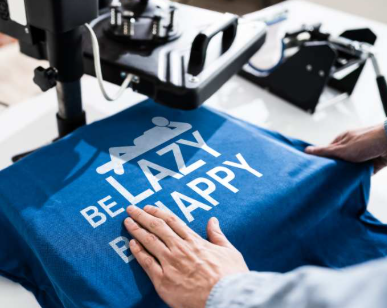
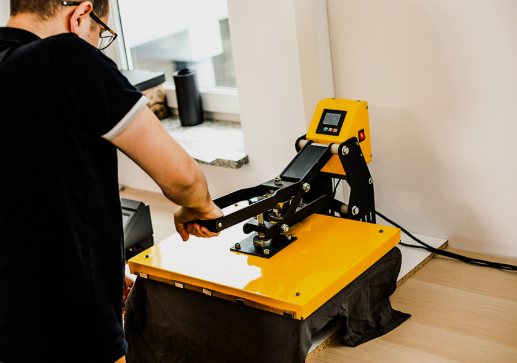
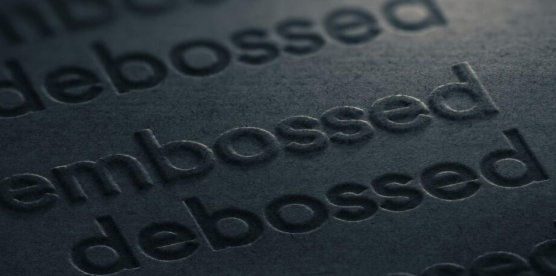

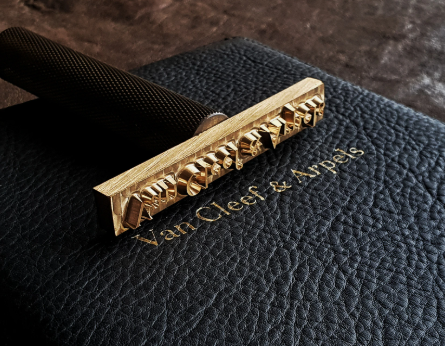
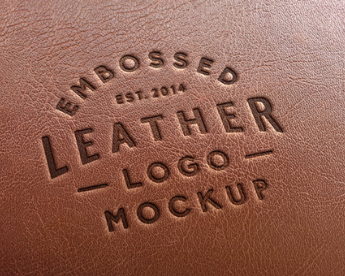
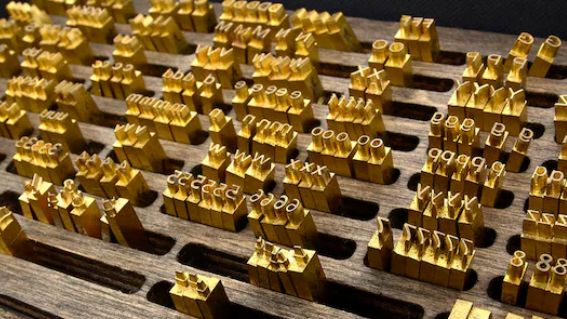
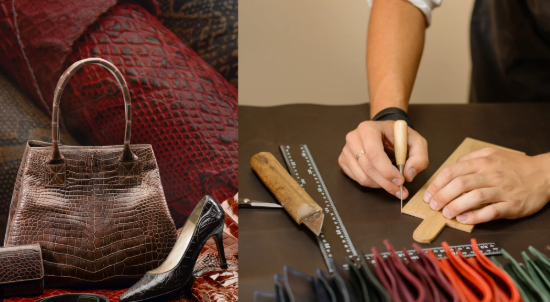
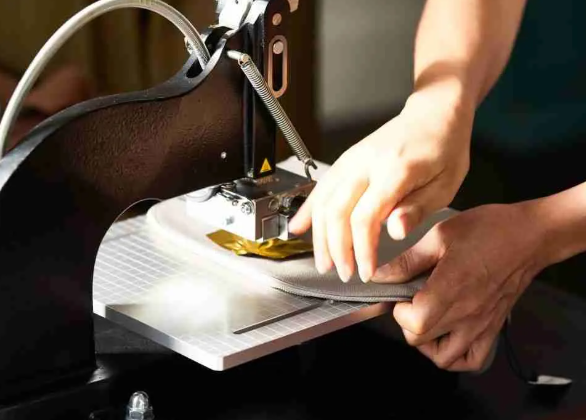
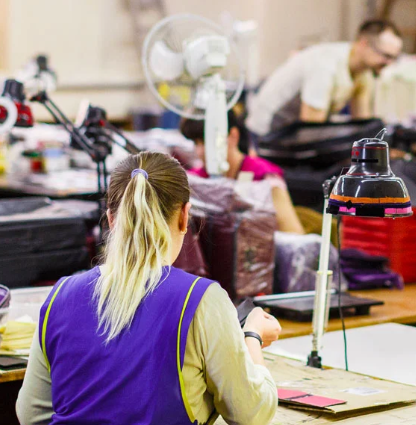
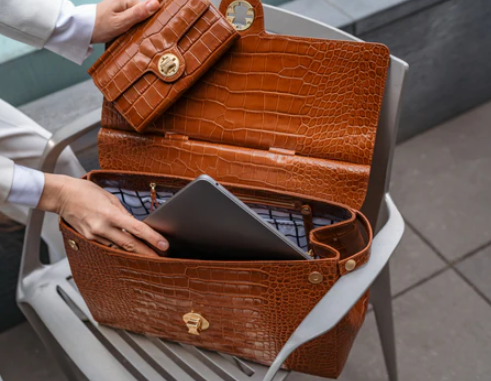

Recent Comments